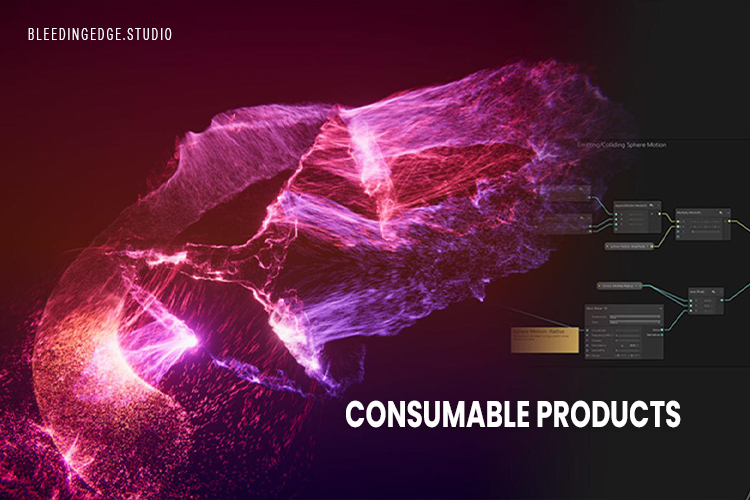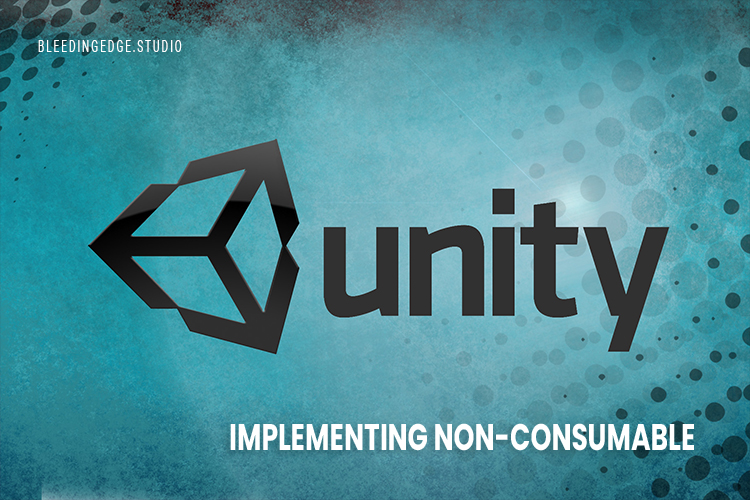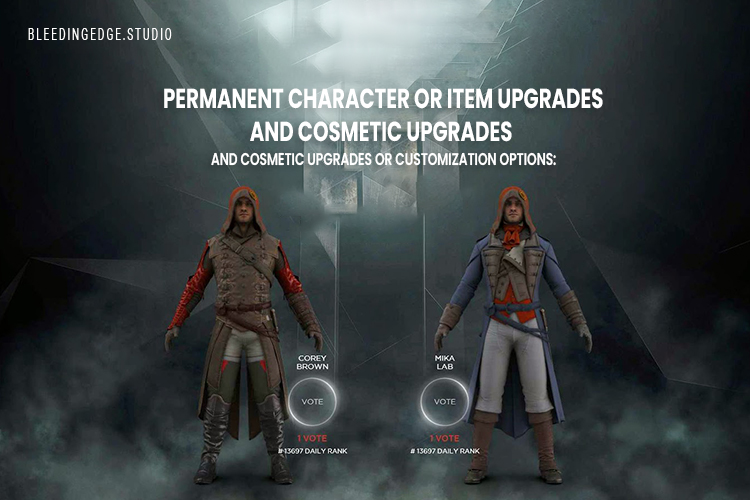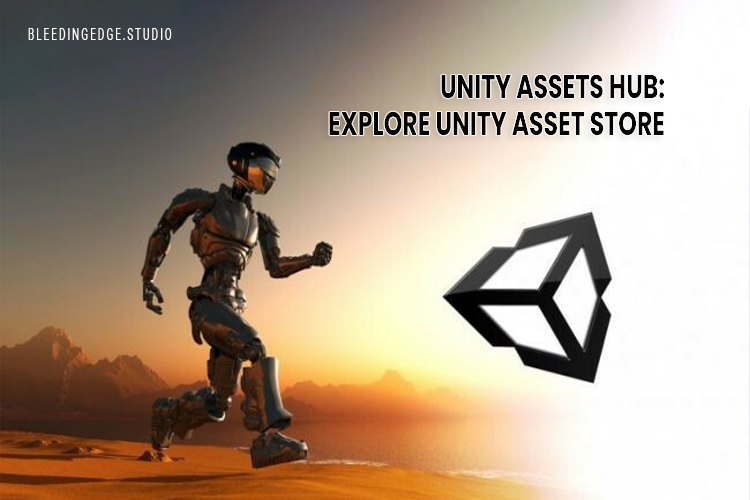Unity Assets Hub: Explore Unity Asset Store
In the context of game development and Unity, Unity Assets Hub is any digital media that can be imported into a Unity project to help create the game or interactive experience. Unity Assets can include 3D models, textures, sounds, music, animations, scripts, and prefabs.
Unity Assets can be created by the game developer or acquired from other sources such as online marketplaces, asset stores, or other game development communities. Using Unity Assets can reduce the time and effort required to create a game or interactive experience from scratch and help ensure high quality and consistency in the final product.
Asset production refers to the process of creating a digital Unity Assets Hub for use in game development or other interactive experiences. The process typically involves several steps, including:
Conceptualization: This involves developing an idea for the asset, often based on the game’s needs or interactive experience.
Modeling: This step involves creating a 3D model of the asset using specialized software such as Autodesk Maya, Blender, or 3ds Max.
Texturing: Once the 3D model is complete, textures and materials are added to give the asset a more realistic or stylized appearance.
Rigging: If the asset is a character or other animated object, it must be rigged to allow movement and animation.
Animation: The asset can be animated using keyframe animation or motion capture once rigged.
Optimization: Unity Assets must be optimized for use in the game engine, which may involve reducing polygon count, creating LODs (levels of detail), or other optimization techniques to ensure the asset can be rendered efficiently.
Export: Once the asset is complete and optimized, it can be exported in a format that can be imported into the game engine, such as FBX or OBJ.
Unity Assets Production Process:
The Unity Assets production process can be complex and time-consuming. It may involve multiple artists and specialists working to create high-quality Unity Assets for games and other interactive experiences.
In Unity Assets, consumable products are typically virtual items that players can purchase within a game or interactive experience and are intended to be used up or consumed over time. Some examples of consumable products in Unity include:
In-game currency: This can be used to purchase other virtual items or unlock additional Content within the game.
Boosters: These provide temporary advantages to the player, such as increased speed or damage.
Health packs: These restore a player’s health or other attributes.
- Energy or stamina refills restore a player’s energy or stamina, allowing them to continue playing or performing actions.
- Power-ups provide temporary abilities or enhancements to the player’s character or gameplay experience.
Implementing consumable products in Unity typically involves integrating a virtual store or marketplace within the game, where players can purchase and consume these items. The game developer may also need to set up backend infrastructure to manage and track these transactions and ensure that players cannot exploit or cheat the system.

The in-game currency is a virtual currency used within a game or interactive experience to purchase items, unlock Content, or engage in other activities.
In Unity Assets, in-game currency can be implemented using various approaches, including:
Hard currency: This in-game currency can only be acquired through real-world transactions, such as purchasing virtual currency using real money.
Soft currency: This type of in-game currency can be earned through in-game activities, such as completing quests or achievements or exchanging other items for currency.
Premium currency: This type of in-game currency can only be acquired through real-world transactions but provides additional benefits or advantages compared to soft currency.
Implementing in-game currency in Unity Assets typically involves integrating a virtual store or marketplace within the game. Players can purchase and use the currency to acquire other items or Content. The game developer may also need to set up backend infrastructure to manage and track these transactions and ensure that players cannot exploit or cheat the system. Balancing the in-game economy and ensuring that in-game currency remains valuable and desirable is an important consideration when implementing this feature.
Boosters are virtual items in games and interactive experiences that provide the player with a temporary advantage or benefit.
In Unity Assets, boosters can be implemented in a variety of ways, such as:
Time-limited boosts: These provide a temporary increase in a player’s attributes or abilities, such as increased speed, damage, or defense, for a set period.
Charge-based boosts temporarily increase a player’s attributes or abilities for a limited number of uses, after which the booster must be recharged or repurchased.
Multiplier boosts temporarily increase the amount of in-game currency or rewards the player earns, such as a boost to experience points or loot drop rates.
Implementing boosters in Unity typically involves integrating a virtual store or marketplace within the game, where players can purchase and use the boosters to gain temporary advantages or benefits. The game developer may also need to balance the use and availability of boosters to ensure that they do not become overpowered or negatively impact the overall gameplay experience. In addition, it is essential to ensure that players cannot exploit or cheat the system to gain an unfair advantage.
Health packs are a type of virtual item in games and interactive experiences that restore a player’s health or other attributes. In Unity, health packs can be implemented in various ways, such as:
Fixed-value health packs restore a fixed amount of health to the player when used, such as 25% or 50% of the player’s maximum health.
Scaling health packs: These restore a percentage of the player’s current health, such as 10% or 20%.
Regenerating health packs: These restore the player’s health over time, such as ten health points per second for 10 seconds.
Implementing health packs in Unity typically involves placing them throughout the game environment, where players can collect and use them as needed. The game developer may also need to balance the placement and availability of health packs to ensure they make the game easy enough and straightforward. In addition, it is essential to ensure that health packs are not exploitable or cheat-able, such as by allowing players to collect them multiple times or gain unlimited health.
Energy or stamina refills are a type of virtual item in games and interactive experiences that restore a player’s energy or stamina, allowing them to continue playing or performing actions.
In Unity, energy or stamina refills can be implemented in various ways, such as:
- Fixed value refills restore a fixed amount of energy or stamina to the player when used, such as 25% or 50% of the player’s maximum energy or stamina.
- Scaling refills restore a percentage of the player’s current energy or stamina, such as 10% or 20%.
- Regenerating refills restore the player’s energy or stamina over time, such as ten energy or stamina points per second for 10 seconds.
Implementing energy or stamina refills in Unity Assets typically involves placing them throughout the game environment, where players can collect and use them as needed. The game developer may also need to balance the placement and availability of refills to ensure they make the game easy enough and straightforward. In addition, it is essential to ensure that refills are not exploitable or cheat-able, such as allowing players to collect them multiple times or gain unlimited energy or stamina.
Power-ups are virtual items in games and interactive experiences that temporarily boost a player’s abilities or attributes.
In Unity Assets, power-ups can be implemented in various ways, such as:
Attribute boosts: These provide a temporary increase in a player’s attributes or abilities, such as increased speed, damage, or defense, for a set period.
Special abilities: These provide a temporary or permanent new ability to the player, such as flying or becoming invisible.
Score or currency multipliers: These temporarily increase the amount of in-game currency or other rewards earned by the player, such as a boost to score or loot drop rates.
Implementing power-ups in Unity Assets typically involves placing them throughout the game environment, where players can collect and use them as needed. The game developer may also need to balance the placement and availability of power-ups to ensure they make the game manageable. In addition, it is essential to ensure that power-ups are not exploitable or cheat-able, such as by allowing players to collect them multiple times or gain unlimited advantages.
Non-consumable purchases are a type of virtual item or Content in games and interactive experiences purchased once and permanently unlocked for the player.
In Unity Assets, non-consumable purchases can be implemented in various ways, such as:
Unlockable levels or Content: These allow players to access new levels, areas, or previously locked or unavailable Content.
Permanent character or item upgrades: These provide a permanent boost to a player’s character or items, such as increased health or damage or new abilities or equipment.
Cosmetic upgrades or customization options: These provide a permanent change to a player’s character or environment, such as new skins, outfits, or visual effects.
Implementing non-Consumable:

Implementing non-consumable purchases in Unity Assets typically involves integrating a virtual store or marketplace within the game, where players can purchase and permanently unlock the desired Content or item. The game developer may also need to balance the cost and availability of non-consumable purchases to ensure they are affordable and easy to obtain. In addition, it is essential to ensure that non-consumable purchases are not exploitable or cheat-able, such as by allowing players to unlock them without paying or obtaining them multiple times.
Unlockable levels or Content are a type of non-consumable purchase in games and interactive experiences that allow players to access new levels, areas, or Content previously locked or unavailable. In Unity Assets, unlockable levels or Content can be implemented in various ways, such as:
DLC (Downloadable Content): This is additional Content that can be downloaded and added to the game, such as new levels, maps, characters, or items.
Progression-based unlocks: These are levels or Content that become available as the player progresses through the game, such as unlocking a new area after completing a specific task or reaching a certain level.
Achievements-based unlocks: These are levels or Content that become available as the player achieves specific goals or milestones, such as unlocking a new level after collecting all the hidden items in a previous level.
Implementing unlockable levels or Content in Unity typically involves integrating a virtual store or marketplace within the game, where players can purchase and permanently unlock the desired Content or item. The game developer may also need to balance the cost and availability of unlockable levels or Content to ensure they are affordable and easy to obtain. In addition, it is essential to ensure that unlockable levels or Content are not exploitable or cheat-able, such as allowing players to unlock them without meeting the required conditions or obtaining them multiple times.
Permanent character or item upgrades and Cosmetic upgrades or customization options:

Permanent character or item upgrades permanently boost a player’s character or items, such as increased health, damage, or new abilities or equipment. In Unity Assets, permanent character or item upgrades can be implemented in various ways, such as:
Equipment upgrades: These provide the player with new and improved equipment, such as weapons or armor.
Skill upgrades: These provide the player with new abilities or upgrades to their existing abilities, such as increased damage or longer duration.
Attribute upgrades: These provide the player with permanent upgrades to their character’s attributes, such as increased health, stamina, or speed.
Cosmetic upgrades or customization options, such as new skins, outfits, or visual effects, permanently change a player’s character or environment.
In Unity Assets, cosmetic upgrades or customization options can be implemented in various ways, such as:
Skins and outfits: These provide the player with new appearances for their characters, such as different outfits or costumes.
Visual effects: These provide the player with new visual effects, such as particle effects or animations, for their characters or the environment.
Customization options allow players to customize their character or environment, such as choosing a specific color scheme or design.
Implementing permanent character or item upgrades and cosmetic upgrades or customization options in Unity Assets typically involves integrating a virtual store or marketplace within the game, where players can purchase and permanently unlock the desired Content or item. The game developer may also need to balance the cost and availability of these upgrades to ensure that they are affordable and easy to obtain. In addition, it is essential to ensure that these upgrades are not exploitable or cheat-able, such as allowing players to obtain them multiple times or without paying for them.

